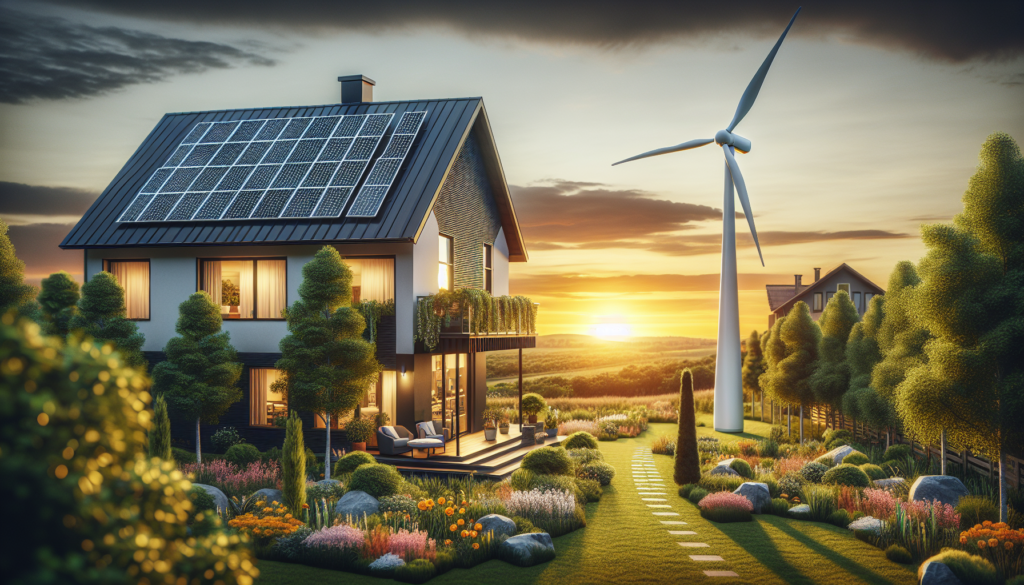
In our modern world, energy independence is becoming a more pressing issue. This article delves into what energy independence means today and explores how individuals can achieve it using current technologies and innovative methods.
Energy independence refers to the ability of a nation or an individual to generate all the energy they need from local sources. This reduces the need to rely on imported fuels or the conventional electric grid. It often involves using renewable, sustainable energy resources that are produced locally. By decreasing reliance on external sources, energy independence can lead to more stable energy prices and greater energy security.
Energy independence isn’t just a concept for nations; individuals can pursue it too. As of 2023, there has been a sharp increase in the use of renewable energy. While in 2010, renewables accounted for only 10% of the world’s electricity production, that number has grown to around 30%. This shift is partly due to technological advances, making it easier and more affordable for people to harness renewable energy.
In the United States, a recent survey shows that over 70% of homeowners are considering solar panels as a means to cut down on energy bills and reduce grid dependency. This trend highlights the growing desire among individuals to take control of their energy use and contribute to a more sustainable future.
To become energy independent, start by assessing your current energy consumption. Conducting an energy audit can highlight areas where you can save energy, such as inefficient appliances or poor insulation. This initial step is crucial to understanding how much energy you truly need.
Once you’ve identified areas for improvement, consider exploring renewable energy options. Solar panels are a popular choice, but wind turbines and micro-hydro systems are also viable options depending on your location and energy needs. These renewable technologies can be customized to fit individual budgets and energy requirements.
A practical approach to achieving energy independence is following a DIY Power Plan. This involves building a small generator using easily accessible materials. While some products promise more than they deliver, understanding the basics, like those seen in electric car technology, can help you develop a system that significantly cuts down on utility bills and minimizes grid reliance. This approach is not without its challenges, but with some effort and knowledge, it can pave the way to self-sufficiency.
An interesting innovation in this area is the home air-to-water generator system. This system typically involves a dehumidifier to extract moisture from the air, converting it into usable water. By setting up the dehumidifier higher than the water collection tank and connecting them with a hose, you can produce your own water efficiently. It’s a creative way to utilize available resources and reduce dependence on external supplies.
Historically, energy independence has also been significant on a national level. In the United States, the shale revolution in the early 2000s showcased how existing techniques like hydraulic fracturing and horizontal drilling could boost local oil and gas production. This shift turned the U.S. from a major energy importer to a net exporter for a time, illustrating the power of innovation in reaching energy independence.
In conclusion, achieving energy independence is more attainable than ever. By understanding your current energy usage, exploring DIY solutions, and utilizing renewable resources, you can take meaningful steps toward becoming energy independent. Thank you for reading, and consider subscribing for more insights into achieving energy independence.